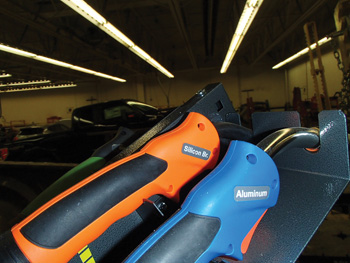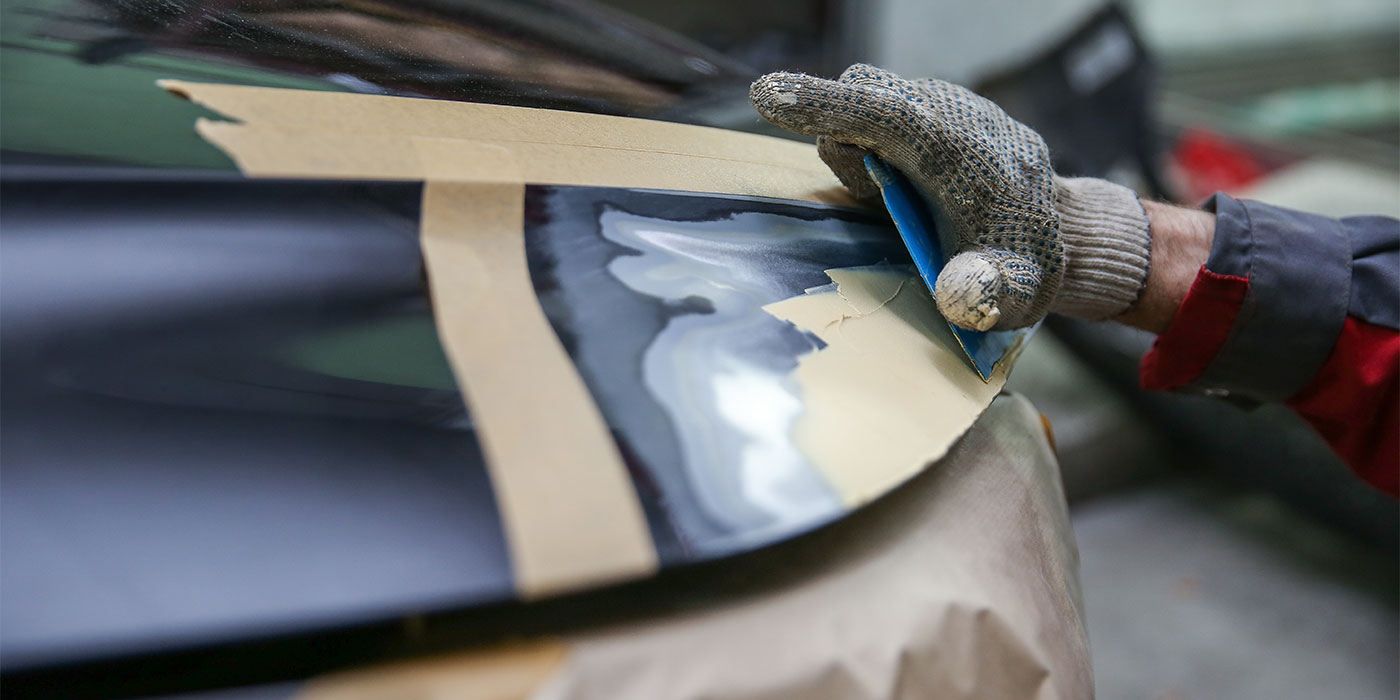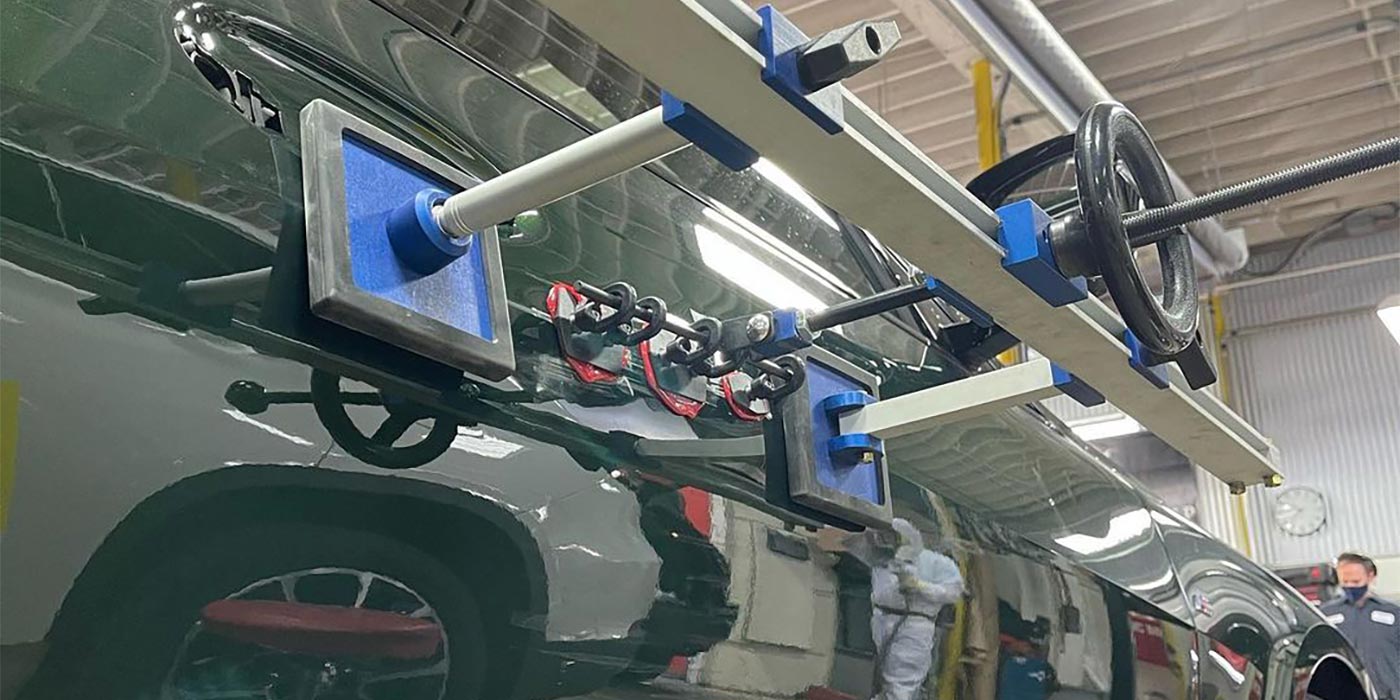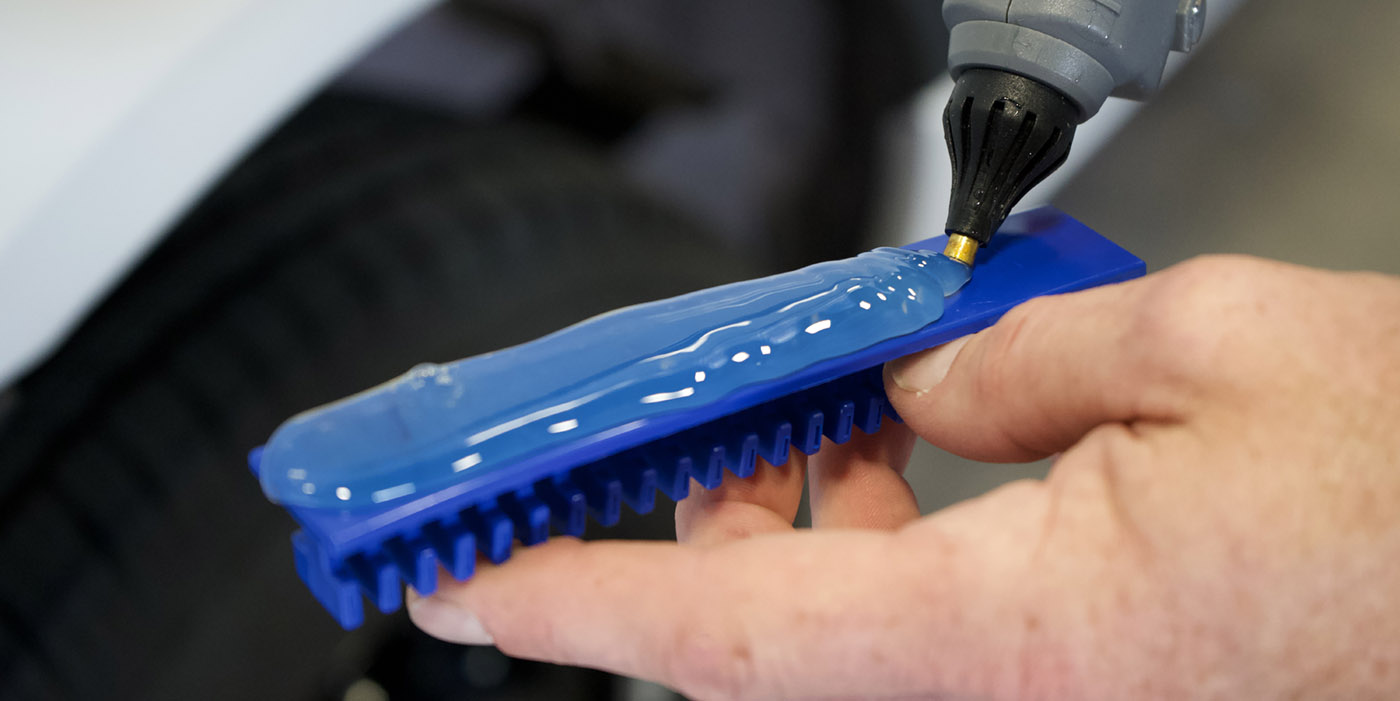 I have a quiz for you:
I have a quiz for you:
1. What is MAG welding?
2. What is MIG welding?
3. What is MIG brazing?
4. What’s the difference?
5. What’s in your welding tank?
6. Why does it matter?
The answers may surprise you.
If you know the answers, quiz your technicians. As a technician and instructor, this past year has been a learning experience as I’ve discovered that some things are taken for granted.
I’ve always tried to do things correctly, and I found out that some things really should not be taken for granted.
My son gave me a phrase that has really been true so many times: “Sometimes you don’t know what you don’t know.” Keeping up on change is hard. The automotive industry is changing so fast. Just because it looks good doesn’t mean it’s right.
Vehicle manufacturers are trying to find best ways to meet the new federal CAFE standards, which require a vehicle to be more fuel efficient. Normally, reducing weight would be a key factor for this to be achieved. Then comes the directive with the new crash standards and crash tests, which requires the structures to be stronger. In the past, this was achieved with inserts and reinforcements or stabilizers, but that defeated the weight issue needed for fuel economy.
This balance of weight versus strength has been in place a long time. Manufacturers developed the new UHSS or advanced high strength steels to meet these challenges. Now, the use of these steels is increasing every day. This has proven to be a game changer in the repair industry – one we need to take notice of very soon, or be out of the game.
Then and Now
Years ago – before all the CAFE standards were an issue – oxyacetylene welding and brazing were more common. With thicker, lower strength steels, it was a workable process. When car manufacturers went to the uni-body style with thinner, higher strength steels, we needed a strong process to repair vehicles that did not warp steels or damage weld zones. Gas Metal Arc Welding (GMAW) or wirefeed welders came into the industry and met these needs. They were faster and easier. Training was minimal at first, so I learned, like many reading this article, by watching another tech in a shop I worked at. Through much trial and error, I learned. I didn’t receive any formal training until later in life. I thought, who needs this? I’ve been doing this for years. Sometimes you don’t know what you don’t know. I learned a lot in that training and have taken some things for granted.
I learned about heat affect zones (HAZ) and metal warping. I learned about heat penetration and how it affects the strength of the weld. How wire speed and current are intertwined, and what a shielding gas does and doesn’t do. These are all considerations every technician must know in a shop, not just one person.
GMAW is what we are most familiar with today in shops. We then break that category of welding down into two more sub categories: Metal Inert Gas (MIG) and Metal Active Gas (MAG) welding. MAG welding is what we are most familiar with today. We all say our shops have “MIG” welders, but a large majority of shops use a shielding gas that’s 75 percent argon and 25 percent carbon dioxide or CO2, which is actually MAG welding, the CO2 being the active gas. This combination would give increased heat penetration and less spatter of weld.
This terminology quirk was not been a major concern until we started working with even stronger steels and much thinner gauges. Now, the HAZ and reaction of metals to active gas must be addressed. The strength or properties of metal in weld joints and corrosion protection is affected by the type of gas used, and the difference can be a critical part of the equation.
The Mighty MIG
MIG welding is wire feed welding that most commonly uses 100 percent argon gas as the shielding gas. This shielding gas helps control heat and keeps from “corrupting” the weld joint. On new steels being used in the auto manufacturing process, knowing the correct welding process is necessary to create a strong weld and limit damage surrounding metal. The smaller HAZ also helps to control corrosion on steels. MIG welding has been mostly used on non-ferrous metals such as aluminum, or for MIG brazing.
It’s Getting Hot
Heat is an element of repair that works for and against a repair shop. We need heat to fusion weld, but the heat buildup destroys surrounding steel strength and creates corrosion issues. Many structural steels are galvanized to protect them from rusting, and zinc is used as a coating to protect the steel. At 3,000 degrees, zinc is destroyed from the joint. Squeeze Type Resistance Spot Welding (STRSW) has rapidly become necessary for body shops to meet steel welding requirements and vehicle manufacturers to reduce the heat damage from wire feed welding. The great side effect is that STRSW is easier and faster to improve a shop’s cycle time. A resistance spot welder can justify its expense in a relatively short time.
What happens when you get to an area a STRSW can’t reach? Presently, we normally just whip out the wirefeed welder and MAG weld a couple of plug welds. This is changing in some vehicle designs. MIG brazing may be required where STRSW cannot reach or is not feasible. Like STRSW welding advantages, MIG brazing has similar qualities of a smaller HAZ. Although it’s not new to the repair industry, MIG brazing is relatively unknown and, for lack of a better term, ignored. We find it in small areas on quarter panels and roofs on some Toyota vehicles, and we also see it as laser brazing in new Cadillac vehicles. You can also call it copper silicon bronze welding – not a new technique, but one that’s rapidly gaining a lot of attention.
Meeting the Challenge
How does MIG brazing meet the challenges? First is the heat required. MIG brazing is done at about 1,940 degrees, depending on material. Steel melts at a much higher temperature, and so does the galvanizing. At the lower temperature, the galvanizing has minimal if any damage on the steel. That’s the corrosion part. Second is the bond. MIG welding with steel requires the melting of the base metal and combining the wire. MIG brazing does not melt base metals for a fusion weld. This is a non-fusion weld. The amount of copper silicon adhering to the surface and flowing in between panels gives the strength needed. Because there is less heat and no melting, the damage to the base metals is minimal and coatings for corrosion protection are preserved.
MIG and Aluminum
Learning MIG brazing is not difficult, just different. It actually has a lot in common with aluminum welding.
First, we know it’s a MIG process, so a tank of argon gas is required to be set up on the welder. Next, equipment is an issue. Some vehicle manufacturers are requiring the use of a pulse spray arc welder, which can alternate currents. This current change helps control the heat being used. If you’re welding on aluminum or brazing, this is a critical feature for thin metals. Continuous current welders will create too much heat and cause issues. The welders are available as spool guns or direct drive. Although the same machine may be used, the spools and/or liners need to be separate for aluminum and copper silicon wire to prevent contamination.
New smart MIG welders with synergy welding options that can handle all of a shop’s needs for GMAW are available. When practicing, root gap is critical to a good weld. MIG brazing uses a capillary action to bond metals. On a butt joint, a bead will form on the front and flow through the gap to form on the backside. Another way is on a lap joint, where a bead will form on top, but on a lap weld the capillary action will flow in between metals. This all gives a much larger surface area contact or footprint, and this surface adhesion is what makes for a strong and somewhat flexible joint.
The technique is the same as aluminum welding. An experienced welder can learn in a very short time. Be careful, though, as beads will look different and not flow out as much…because they’re not supposed to.
As with any true MIG welding, there will be a difference in weld appearance as we make the HAZ much smaller and narrower. The new Hondas and the new Ford F-150 will change or should change your mind about learning more. It’s not coming – it’s here. I-CAR has vast amounts of classes and info on vehicle requirements and procedures.
Mitch Becker is a technical instructor for ABRA Auto Body & Glass. Contact him at (763) 585-6411 or [email protected].
As automobile manufacturers are using an ever-increasing amount of heat-sensitive steels, the use of silicon bronze wire and the process of MIG brazing is increasing.
It’s important to realize that the use of MIG brazing is meant to diminish and control the heat input to the base metal. Although the MIG brazing process is nothing new, it has been used in the restaurant industry for many years; needless to say, though, the application of MIG brazing to body panels is a bit more critical due to the thin gauge metals used in car manufacturing.
As all technicians know, welding on very thin body panels requires some skill. Since the smallest silicon-bronze wire diameter is typically .030, it has the tendency to weld hotter than the popular .023 steel wire. This can create a situation where the weld is too hot for the thin gauge metal, and can also burn away the galvanized protective coating on the steel panel. Because of this, there are welders on the market that have pre-set welding programs that make it easier to weld thin gauge metal using the MIG brazing process. These welding programs have welding curves that facilitate the welder setup and minimize the overheating of the weld area. – Bill Berman, president, Cebotech Inc.













